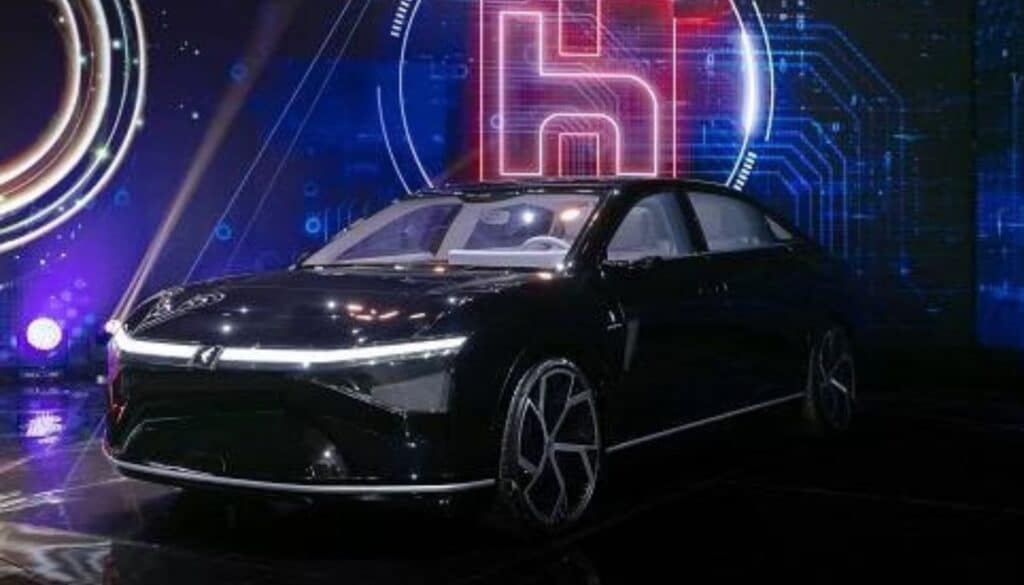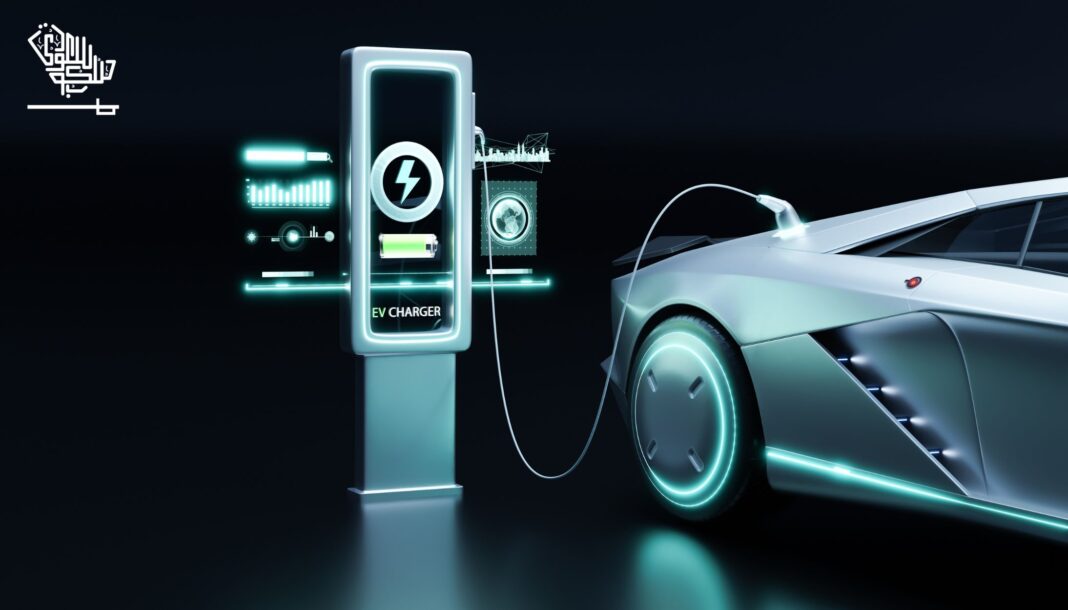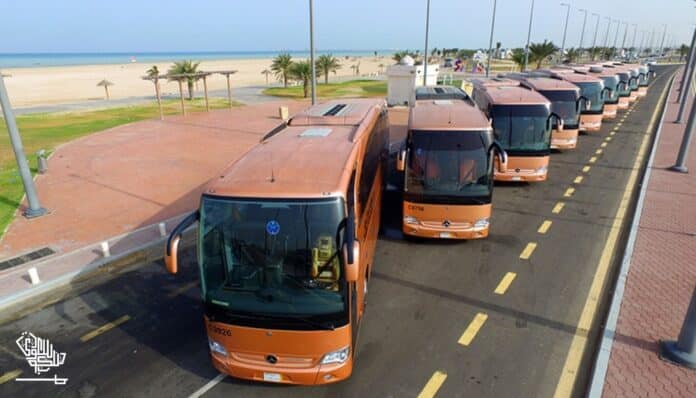Ceer Saudi Arabia, a part of Ceer Automobile manufacturer, has made waves throughout the Saudi Arabian automotive industry in the four years it’s been operating with the Saudi market with its highly innovative EV cars.
The popularity it has gained from achieving national recognition for its high-quality vehicles is not unfounded: Ceer is gearing up and ready to revolutionize the face of the transportation landscape in Saudi Arabia, making it both economically and environmentally sustainable. Let’s talk about it a bit.

What Do The Ceer Saudi Arabia EV Cars Look Like?
Ceer Saudi Arabia’s EV cars are no ordinary vehicles. They have the latest technology to set them apart from regular cars.
For example, look at the Ceer NEV, the company’s flagship model. The car can go up to 400 kilometers on a single charge, making it one of the longest-range EVs globally.
Moreover, with advanced safety features like the 360-degree camera system, it goes far beyond regular vehicles. Its autonomous driving capabilities are also on par with cars like Tesla, except safer, cheaper, and more environmentally friendly.
Another model is the Ceer P10, a sleek and compact SUV that combines style and functionality. This car has a range of up to 350 kilometers with a smooth acceleration system that can go from 0 to 100 mph in about 4 seconds, making it one of the fastest EVs on the market.
With some of the best features on the automobile market, the car has quickly won the hearts of all who come across it. However, its winning point is its economical and sustainable nature.
How Is It Different From Traditional Cars?
While the traditional car can be a constant expense with its regular fuel and maintenance costs, this is something that Ceer cuts out.
The initial cost of an EV is no doubt higher than a gasoline car, but drivers can save money on fuel and maintenance costs over time, especially in a world riddled with inflation.
The International Council of Clean Transportation did a study on this, concluding that EVs can save up to $1500 per year in fuel and maintenance costs compared to gasoline cars, making them more durable and long-lasting.
EV cars are functional for up to 40% longer than traditional cars, with a quarter of the price, making it the perfect investment for middle- and low-income households.
The Saudi government recognizes this benefit and has announced plans to phase out gasoline cars by 2035 as part of its Vision 2030 program. This move isn’t just for cost-effectiveness, but it also makes for a more sustainable transport industry.
The production and driving of gasoline automobiles significantly contribute to air pollution and global warming, and with the threat looming ever closer over our heads, this move will generate a meaningful, albeit small, impact in the fight against climate change.
Consider the Ceer NEV, which starts at SAR 149,999 (39,874 USD), or even the CEER P10, starting at SAR 129,999 (34,726 USD).
When Do These Cars Become Commonplace?
Despite their popularity, EV cars are still driven by a select few. However, Ceer is working hard to change that.
However, one thing we need to work on is accessibility. Despite the development of such products, it means something once the ordinary person can get them.
Ceer is a big deal: it’s actively pushing for more accessibility and price competition. Let’s hope that as time goes on, this will become a common practice, allowing the world to make an easier transition to such gadgets.

In my content writing journey, I’ve discovered a deep passion for delving into politics, culture, and history. Saudiscoop has been my chosen platform, resonating with my interests. Beyond writing, I thrive on debating and devouring political literature. While my focus lies in detailed explanations, I relish the challenge of diverse topics. My goal is to create immersive, enlightening pieces that captivate while exploring intricacies.




